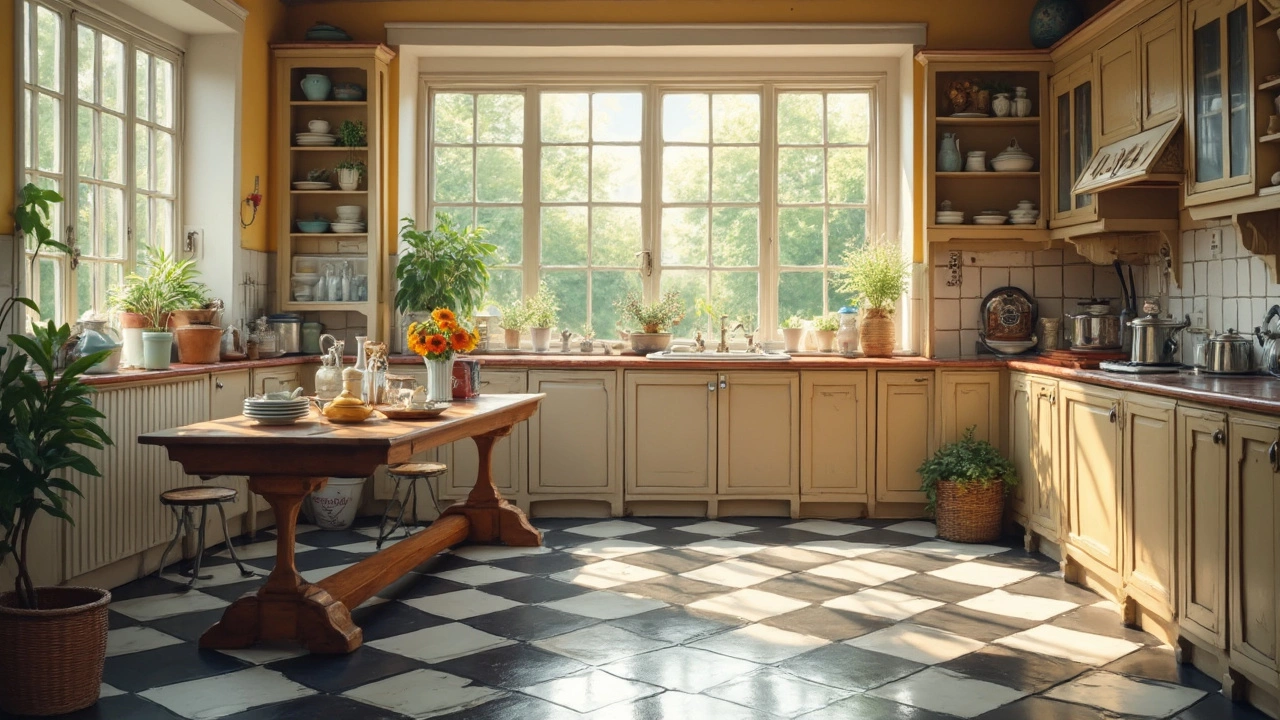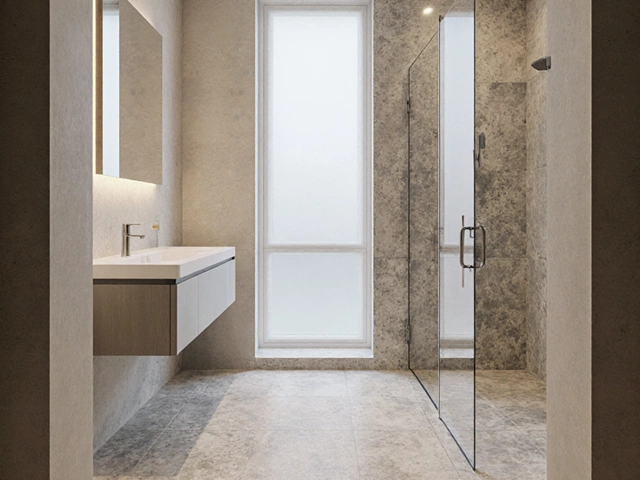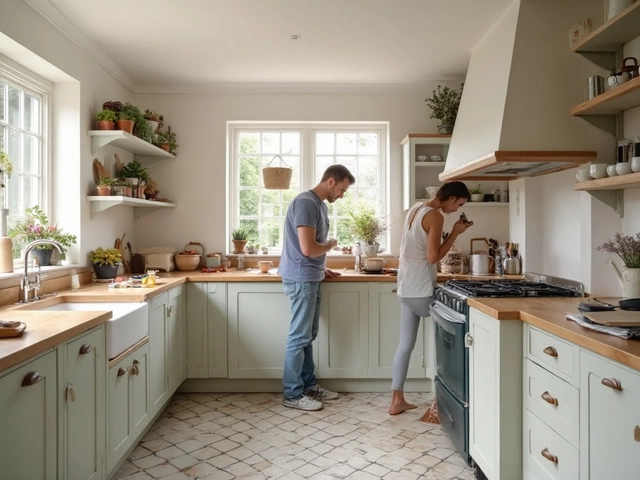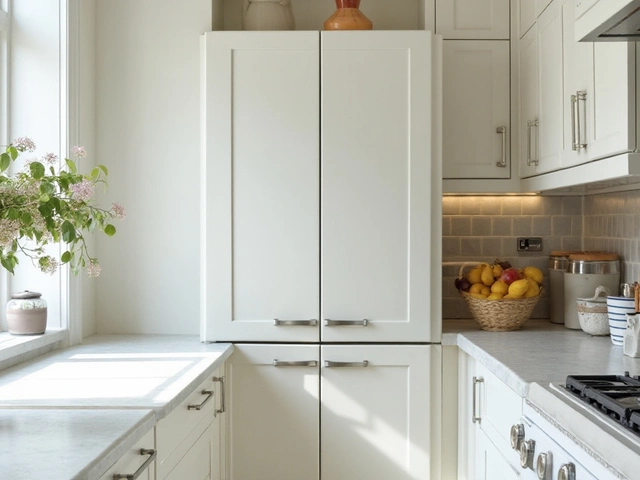Kitchen Flooring Ideas: Choose the Best Floor for Your Kitchen
Picking a floor for the kitchen feels bigger than it should. You want something that looks good, stands up to spills, and fits your budget. The good news is there are plenty of options that check those boxes. Below you’ll find clear, no‑fluff advice to help you decide what works best in your home.
Popular Kitchen Flooring Materials
Luxury Vinyl Plank (LVP) – LVP mimics wood or stone but is water‑proof and softer underfoot. It’s cheap enough for most renovations and easy to install as a click‑fit. Many homeowners love it because it resists stains and can handle heavy foot traffic.
Porcelain Tile – Tile is a classic kitchen choice. It’s hard, heat‑resistant and can be found in endless patterns. The downside is it can be cold and hard on knees, so consider a runner or floor mat if you spend a lot of time cooking.
Laminate – Modern laminate has a realistic wood look and is far cheaper than real hardwood. It’s also simple to replace if it gets damaged. Just avoid water‑heavy zones unless the laminate is specifically water‑resistant.
Engineered Wood – Engineered wood gives you the warm feel of hardwood with better moisture tolerance. It works well in kitchens where you want a cozy vibe but still need some protection from wet spots.
Cork – Cork is soft, warm and naturally slip‑resistant. It’s a great choice for homes with kids or older adults. Keep it sealed to stop water from soaking in.
How to Pick the Right Floor for Your Space
Start with your lifestyle. If you cook a lot, spill frequently, or have pets, water‑resistance is a must. LVP and tile win here. If you love the look of real wood and are okay with a bit more maintenance, engineered wood is a solid pick.
Check your budget early. Affordable flooring like laminate or budget‑grade LVP can still look high‑end if you choose a good pattern. Remember to add a little extra for underlayment and any necessary subfloor work.Think about comfort. Standing at the counter for hours can be harsh on hard surfaces. Adding a padded kitchen rug can soften tile or wood floors, while LVP already offers a bit of give.
Measure the space and calculate square footage. Most flooring retailers list price per square metre, so you can quickly see how much material you’ll need. Buying a little extra (about 10%) helps avoid running short.
Installation method matters. DIY‑friendly click‑fit systems are perfect for a weekend project. If you’re not handy, factor in labor costs. Tile and cork often need professional installation, while laminate and some LVP can be done yourself.
Finally, match the floor to the rest of your kitchen design. Light floors brighten small spaces, while darker tones add drama to open‑plan areas. Keep your cabinet color and countertop material in mind – a cohesive look ties the room together.
Whether you go for budget‑friendly laminate, water‑proof LVP, or classic tile, the right kitchen floor boosts both style and function. Use the tips above to narrow down your choices, and you’ll end up with a floor that looks great today and stays strong for years to come.






